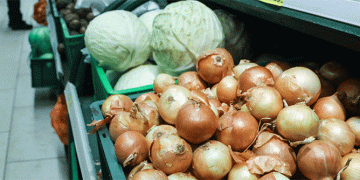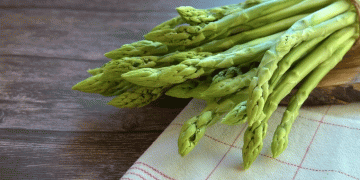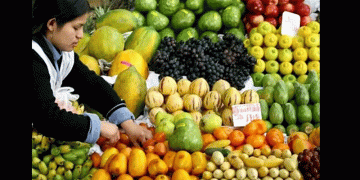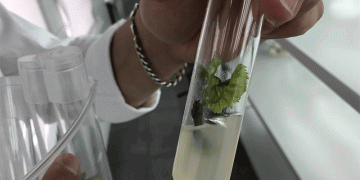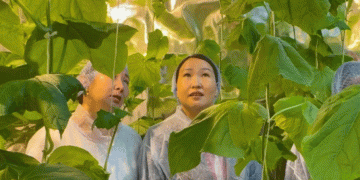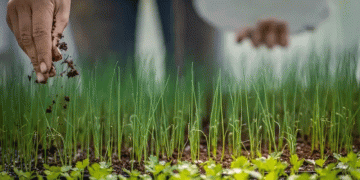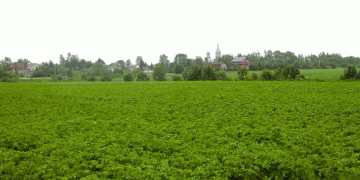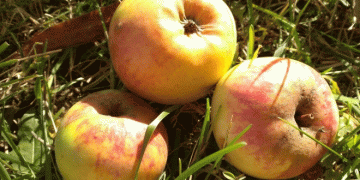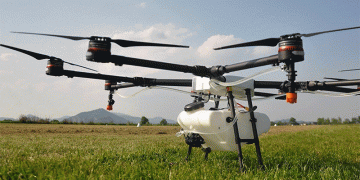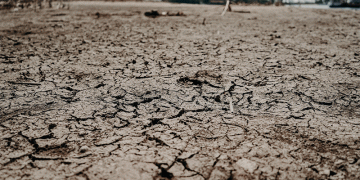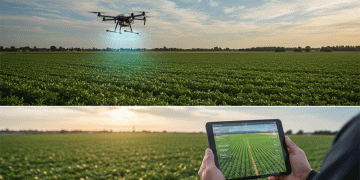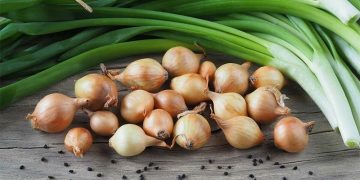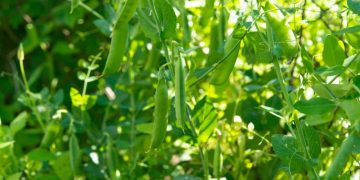Temperature swings during processing, shipping or display reduce the shelf life of fresh-cut produce and can make the products less desirable to the end consumer.
“Greater freshness of product means greater sales,” said Michael McCartney, principal of QLM Consulting, a supply chain consulting firm.
But every time the product changes hands, there is a chance it may fall outside its desired temperature range, so better monitoring systems are needed to find the holes in the cold chain.
Weaknesses
Distribution areas can be problem areas for cold chain management. The potential for temperature swings is high during transport of the raw product from the field to the processing facility and from the processing facility to the retail or foodservice establishment.
“We’re getting produce out of the field in better condition with early morning and night harvesting,” said Brian Hampson, professor of food science at California Polytechnic University.
The trucking and refrigeration industries have responded to the produce industry’s needs over the years and have reduced the in-trailer temperature fluctuations and equipment breakdowns.
“The technology on the refrigeration side has really advanced in the last 10 years,” McCartney said.
But trucking transport is still a vulnerable area because there is always the possibility of a truck breakdown, or the driver could shut down the refrigeration early or the trailer could be overloaded, said Edith Garrett, president of fresh-cut consulting firm Edith Garrett and Associates.
Training can reduce the human errors, but better monitoring practices are needed to find the problem areas, both consultants agreed. Reinforcing to employees that refrigeration is critical may also be necessary.
Produce sitting on a loading dock for too long is an obvious example of a break in the cold chain. If a dock isn’t designed properly, produce and other pallets get backed, causing the temperature to rise in sensitive products.
“The only way we’re going to get around that is to work faster,” said Brian Hampson, professor of food science at California Polytechnic University.
Hampson recently returned from a trip to Mexico, where he visited a greenhouse operation that sends a dozen trucks a day to the United States filled with red, green and yellow peppers. The facility was designed to prevent jams so produce moved through the operation quicker, with fewer opportunities for the cold chain to be broken.
Many stores and processing facilities are coming up to speed, not letting shipments sit on a warm dock or cooling their docks, she said. But a better job can be done cooling display cases.
“The on-site cooler may not be up to par,” Garrett said. “You’re relying on physical equipment to work perfectly all the time.”
She recommends every fresh-cut processor conduct lab tests of shelf life. It will give an accurate measure of how long the product lasts in ideal conditions and will verify that the shelf life is actually what is claimed.
The cost for a shelf-life lab test or a temperature challenge study can be expensive, but it’s worth doing on the highest volume products or a company’s core products. It also is possible to do in-house, but many processors don’t take advantage of their own QA staffs.
“A lot of processors have the capabilities to do that in house, but they just don’t have the time,” Garrett said.
Temperature abuse studies can measure the sensory aspects of a product or they can be analytical. A sensory study could include a visual inspection to look for browning or a diminished appearance. An analytical study would require microbiological sampling at different times and temperatures in multiple batches of product.
Hampson conducts product tests in the university’s chambers when they’re not being used to teach students. He said the test temperature is 40° F and the abuse temperature is 50° F. Every 10° F the reaction rate doubles – called Q10 – so the abuse test will give an accurate sample of what is going on when the cold chain is broken.
The test usually lasts 14 days, and for a new product it may be replicated two or three times with multiple packages. While the cost of pulling packages and using existing equipment may be low, it takes a lot of time away from quality assurance personnel.
“Time is money,” Hampson said. “The labor costs.”
RFID Tracking
Better monitoring of the cold chain is important to finding where the cold chain is broken, and it can make dealing with customers and suppliers easier. A lot of the information is available, but it is separated in “silos” – each company has its own database that isn’t integrated into a workable system.
“The problem is there’s no mystery,” McCartney said. “You just have to connect the dots.”
With an economic force known as Wal-Mart pushing radio frequency identification, the technology is becoming cheaper and more common with produce suppliers.
“The technology is good to go,” McCartney said. “It’s not a technology issue, it’s a motivation issue.”
Less than 5 percent of produce companies use RFID to monitor shipments, but McCartney believes that will grow. The question he’s tried to answer throughout his career is “where is my stuff?” He said RFID could answer that question and more. With RFID, “there’s really no secrets,” he said.
“RFID is going to objectify the cold chain,” McCartney said. “It tells you factually where things are, and your discussions with your trading partners are going to be based on fact.”
The price for a tag was about 20 cents 18 months ago. Prices now are around 7 cents a tag.
“The cost issue is still going in the right direction. The nickel tag will be a reality,” McCartney said.
Products that operate on a global standard of 950 megahertz will be available in the next year or so. This will keep costs down considerably because a company won’t have to build an entire system. Companies are working to integrate temperature readings into the existing reader structure, and the microchip company Intel has created a reader on a single chip. Both innovations will make RFID more accessible and keep costs down.
But cost is not the only issue. Tracking and monitoring produce is useless if there’s no manageable database.
“Companies need to better integrate the data they are tracking,” Garrett said. “The more they can do that together in a database, the better they can make decisions.”
In order to make the database work with suppliers and retailers, the system has to accept barcode information.
“RFID needs to work with existing systems, and those systems today are barcode,” McCartney said. “That allows you to adapt to retailers.”













